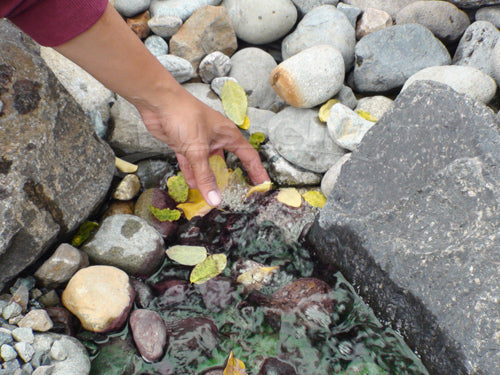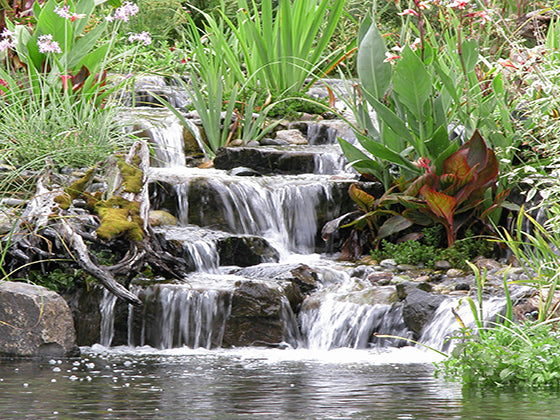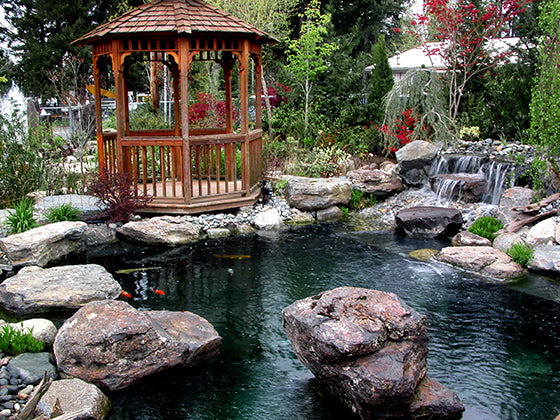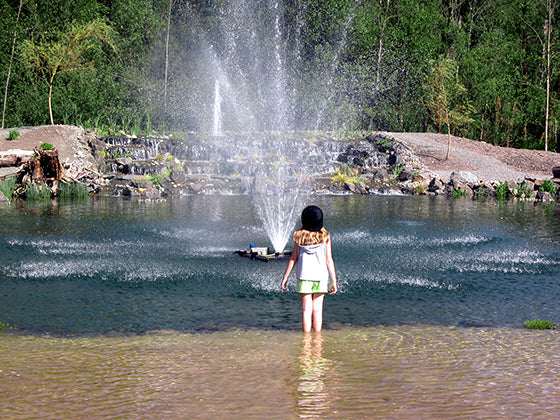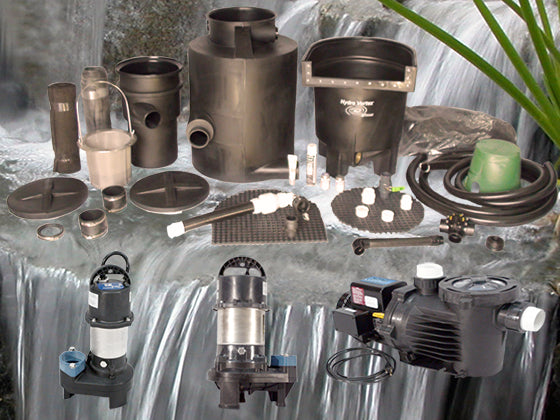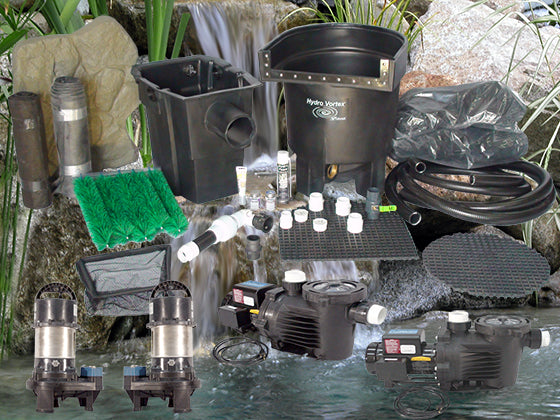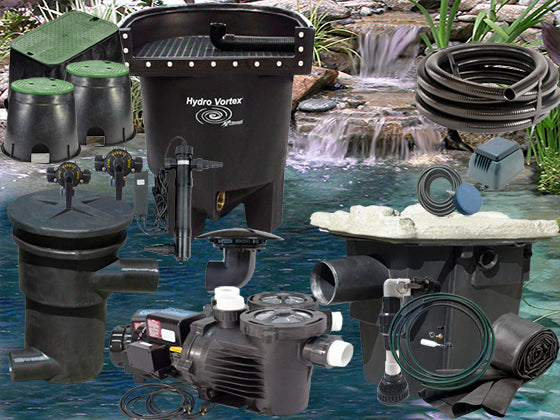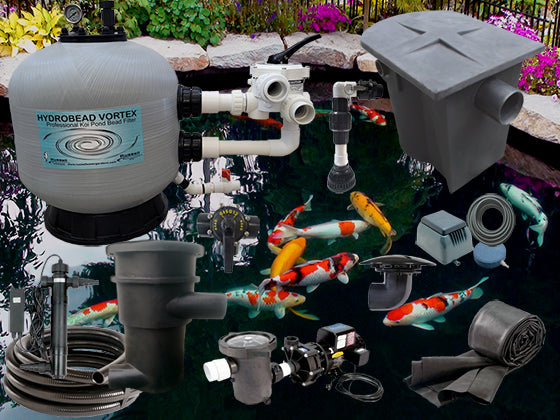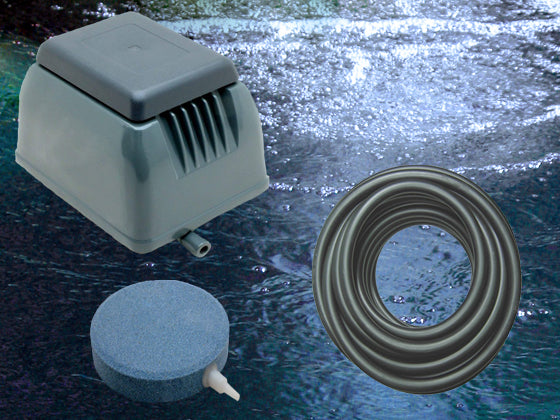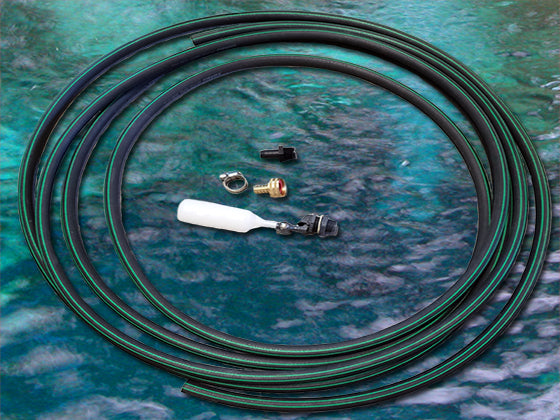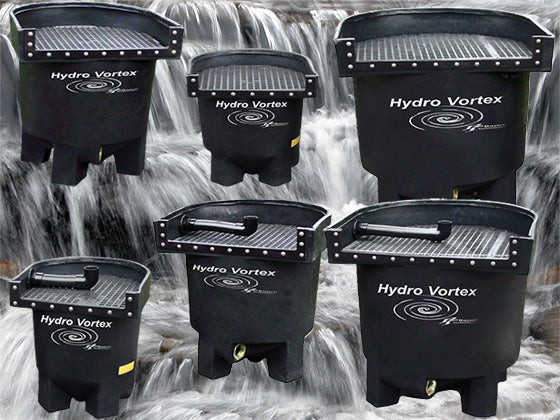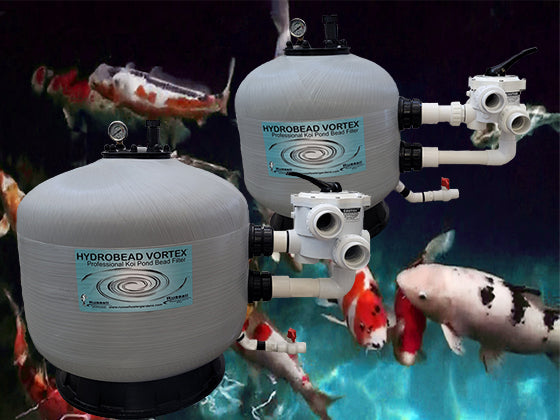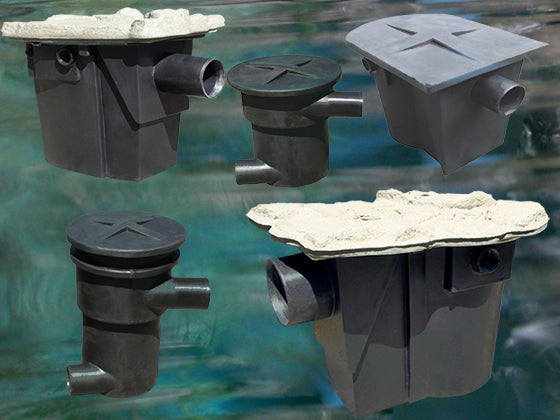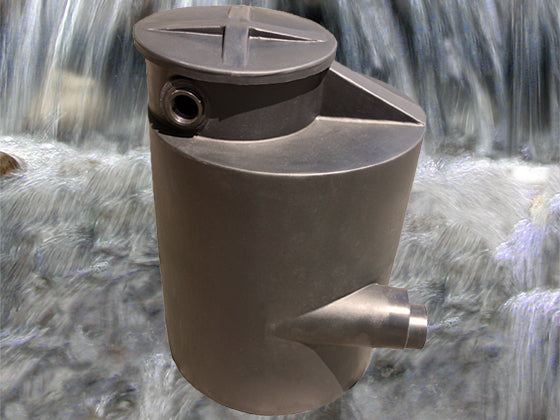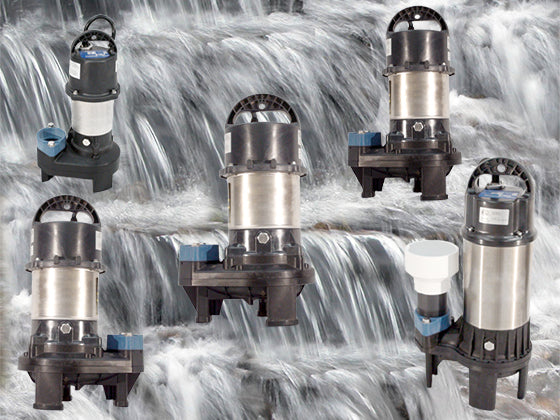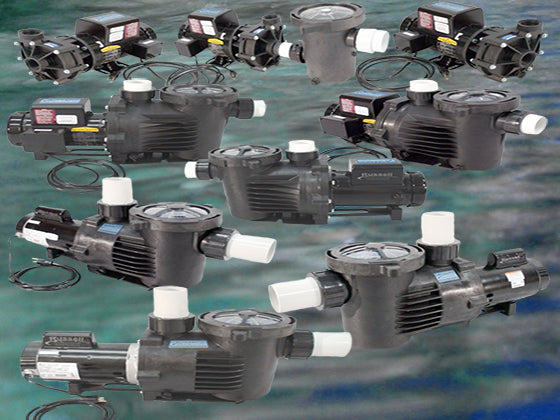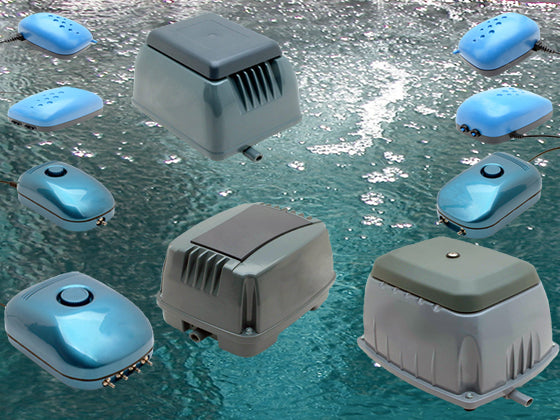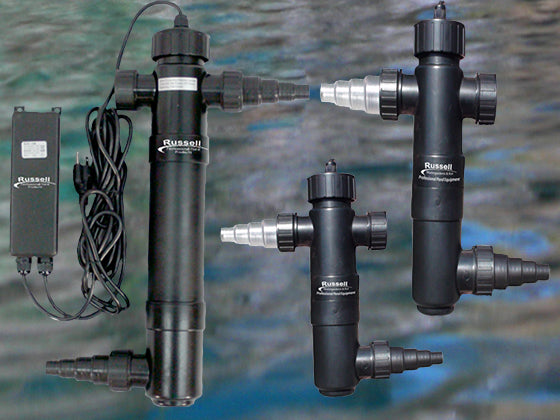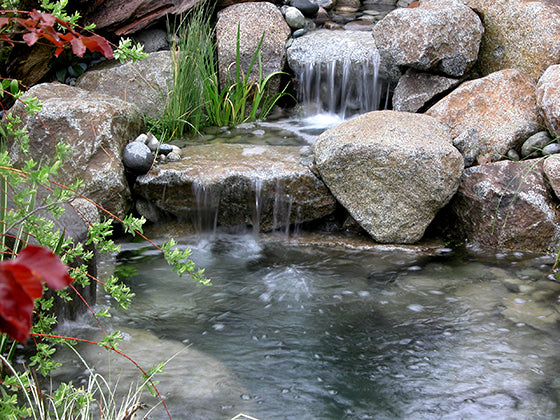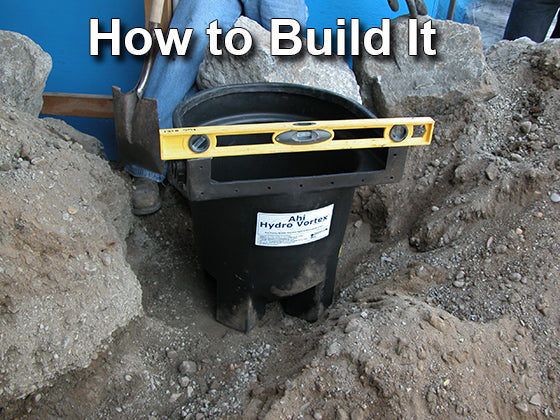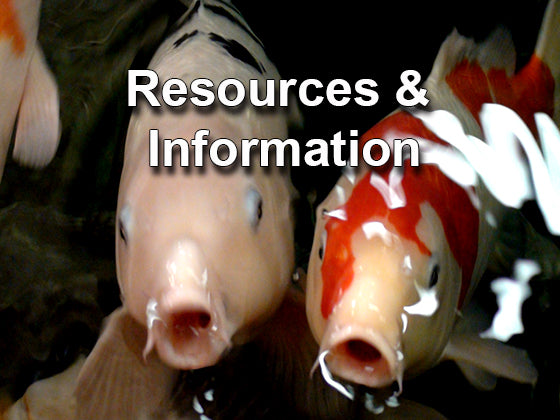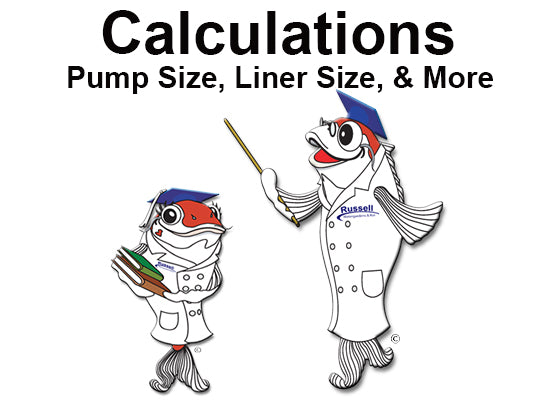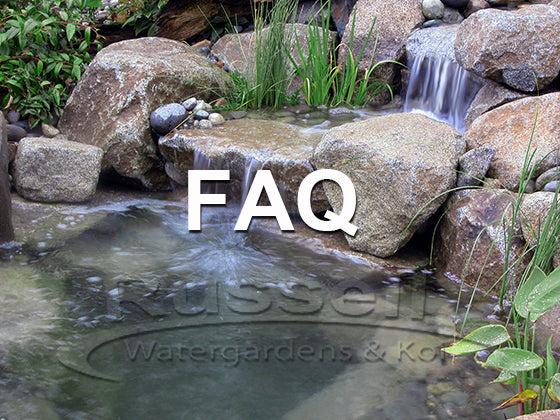
Water Volume Calculation
Using Salt and a Salinity Meter
Measuring water volume in ponds is difficult to do using simple volume calculations. Simple "water volume calculators" only "estimate" water volume. Most ponds have varying shapes and depths. They include water within the plumbing, the filtration, waterfalls, and streams. So the best way to calculate water volume in all that is to use dissolved salt measurements. We measure the salinity, then add salt and measure the salinity again. The difference in these measurements coupled with how much salt we added will tell us how much total water volume we have in our pond.
The formula for using salinity to measure water volume is based upon a common multiplier:
One PPT (parts per thousand) = 1 pound of salt added to 1,000 gallons of pond water. Pond water weighs 8.34 pounds per gallon.
1,000 gallons ÷ 8.34 pounds = 119.90 or 120 for easier math. 120 is the multiplier.
The procedure entails measuring the current salinity of the water in the pond, adding a known amount of 99+% pure crystal salt (by weight), measuring the difference this addition made to the salinity, and, with these figures, we can calculate the total water volume in the pond, waterfalls, plumbing, and filtration system.
- 1. Estimate the pond's water volume by measuring the length, width, and average depth. L x W x AD x 7.48 = estimated water volume
- 2. For the safety of your fish and water plants, divide your estimated water volume by 3 (if your estimate is 1,500 gallon, divide that by 3 for an adjusted estimate of 500 gallons for adding salt - most people over estimate how much water their pond holds)
- 3. Measure the pond water salinity in PPT (parts per thousand) with a salinity meter to create a "base-point"
- 4. Using your adjusted estimated water volume, add salt at a rate of 1 pound per 100 gallons of pond water - or 10 pounds per 1,000 gallons of pond water
- 5. After the salt has completely dissolved and thoroughly circulated through the pond for 24 hours measure the salinity of the pond once more
Measure your pond with the salinity meter before adding salt to get a base point. If you've never added salt to your pond, more than likely your base reading will be 0.0 PPT, if it reads another number we simply use subtraction.
Example: Pond salinity base point of 0.2 PPT. If the adjusted water volume estimate is 500 gallons, add 5 pounds of salt. After the salt has thoroughly dissolved and been circulated throughout the pond for 24 hours, measure the salinity again. Let's say that the salinity meter now reads at 0.7 PPT.
Here is the formula:
- Adjusted Estimated Pond Water Volume is 500 Gallons
- Baseline salinity test is 0.2 PPT
- We added 5 pounds of 99+% pure crystal salt to the pond and let dissolve and circulate for 24 hours
- New salinity test reads 0.7 PPT
- 0.7 PPT - 0.2 PPT = 0.5 PPT
- 120 (multiplier number) x 5 pounds of salt added = 600
- 600 ÷ 0.5 PPT =
Top of Page


